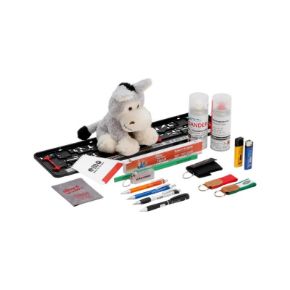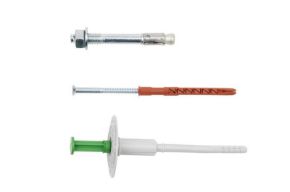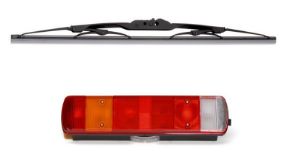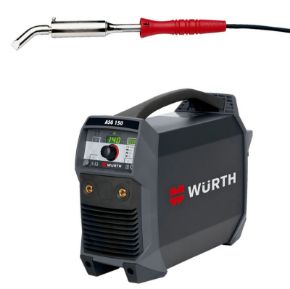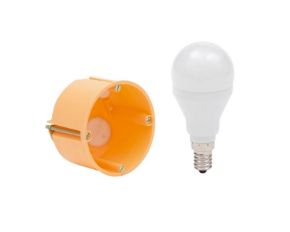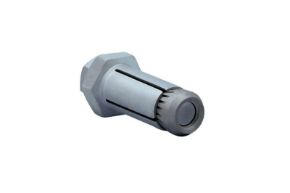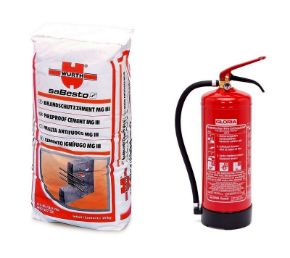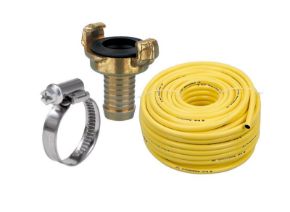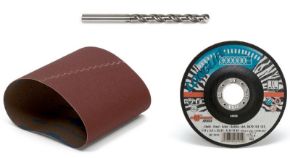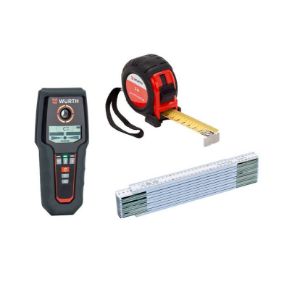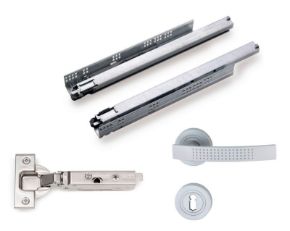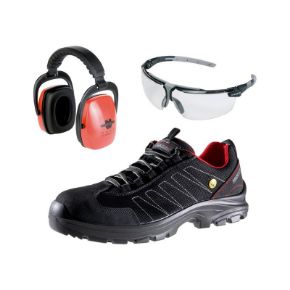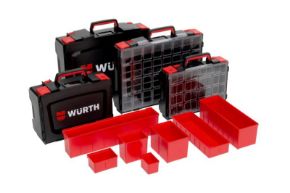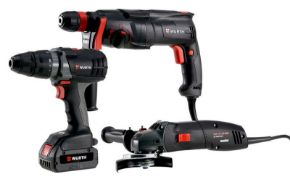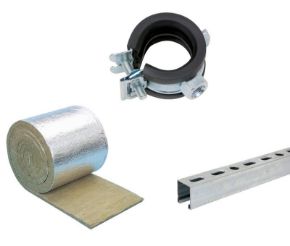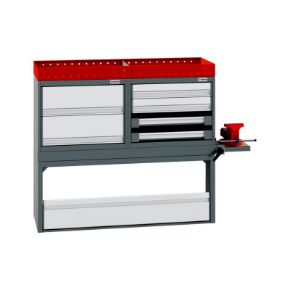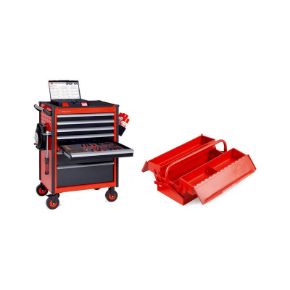Sorry - this product is no longer available
SERVICE EQUIPMENT ACCESSORIES
Filter / Drier for a/c service equipment.
€59.00 inc. VAT price per 1 PCS
Filter-driers are a key component in any refrigeration or air conditioning system and has two essential functions: one, to adsorb system contaminants, such as water, which can create acids, and two, to provide physical filtration. Evaluation of each factor is necessary to ensure proper and economical drier design. The ability to remove water from a refrigeration system is the most important function of a drier. Water can come from many sources, such as trapped air from improper evacuation, system leaks, and motor windings, to name a few. Water in the system can also cause a reaction with POEs called hydrolysis, forming organic acids. To prevent the formation of these acids, the water within the system must be minimized. This is accomplished by the
use of desiccants within the filter-drier. The three most commonly used desiccants are molecular sieve, activated alumina, and silica gel.
Filtration is the other main function of a filter-drier and is accomplished by different methods. Some driers use only one method; others may use a combination of methods. There are two primary means of mechanical filtration: surface and depth. The simplest form of surface filtration is the screen. The screen is usually a woven wire mesh that catches particles that are larger than the holes in the screen. Until the screen has captured enough particles to provide a layer across the entire surface, particles that are smaller than the holes will pass through the screen. In addition, a particle longer than a hole can pass through if its cross-section is smaller than the hole. As layers of contaminant cover the screen, it will become a depth filter as the layer of contaminant will act as a filter to remove smaller particles that would ordinarily pass through the screen. This layering of contaminant will continue until the pressure drop across the screen reaches the point at which the refrigerant flashes into vapor.
If the drier must be installed horizontally, it is recommended that the outlet of the drier be angled downward. Driers are physically sized to minimize pressure drop and provide adequate volume for filtration and drying. The molecular sieve desiccant has the highest weight percent water capacity so that water levels are kept to a minimum.

